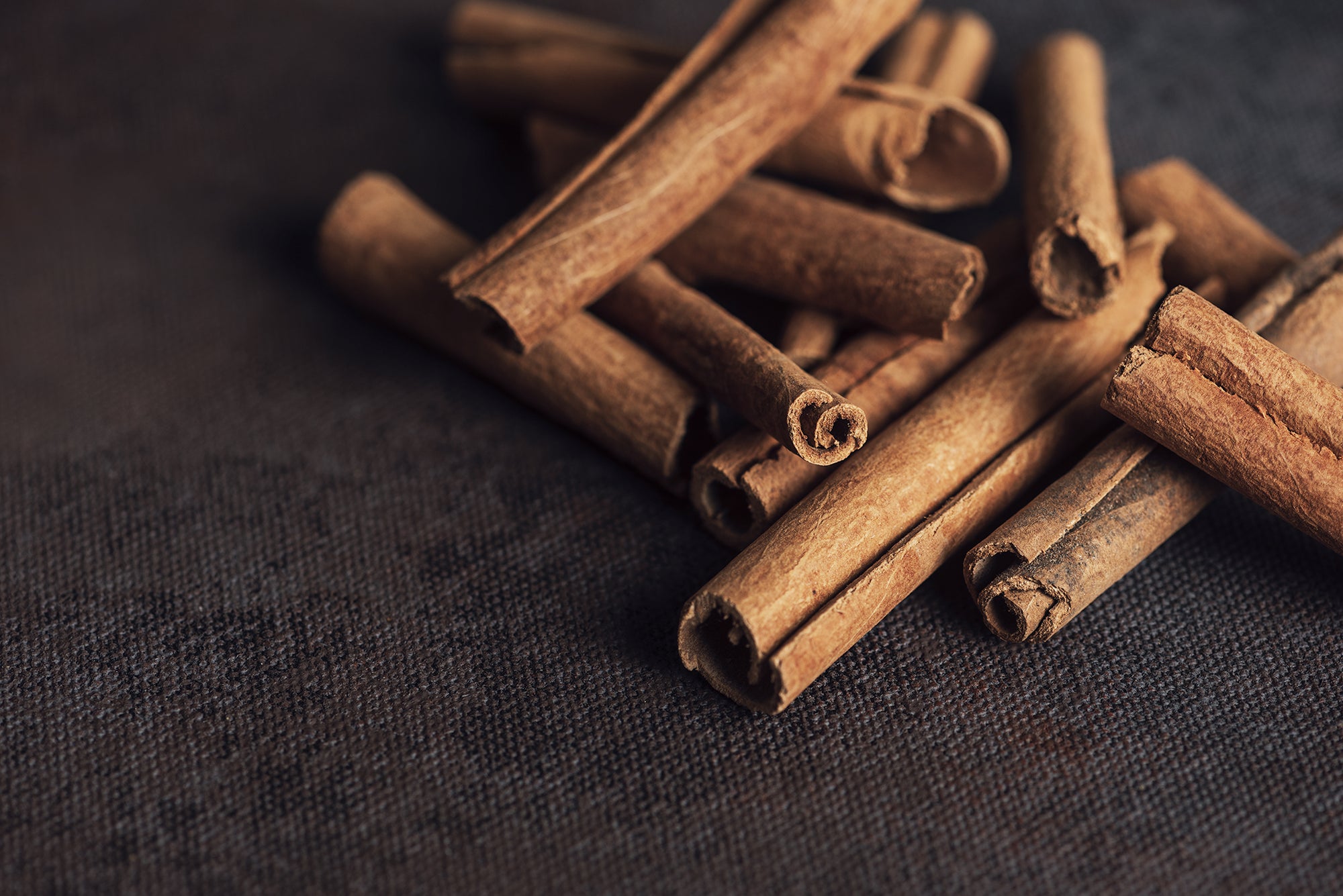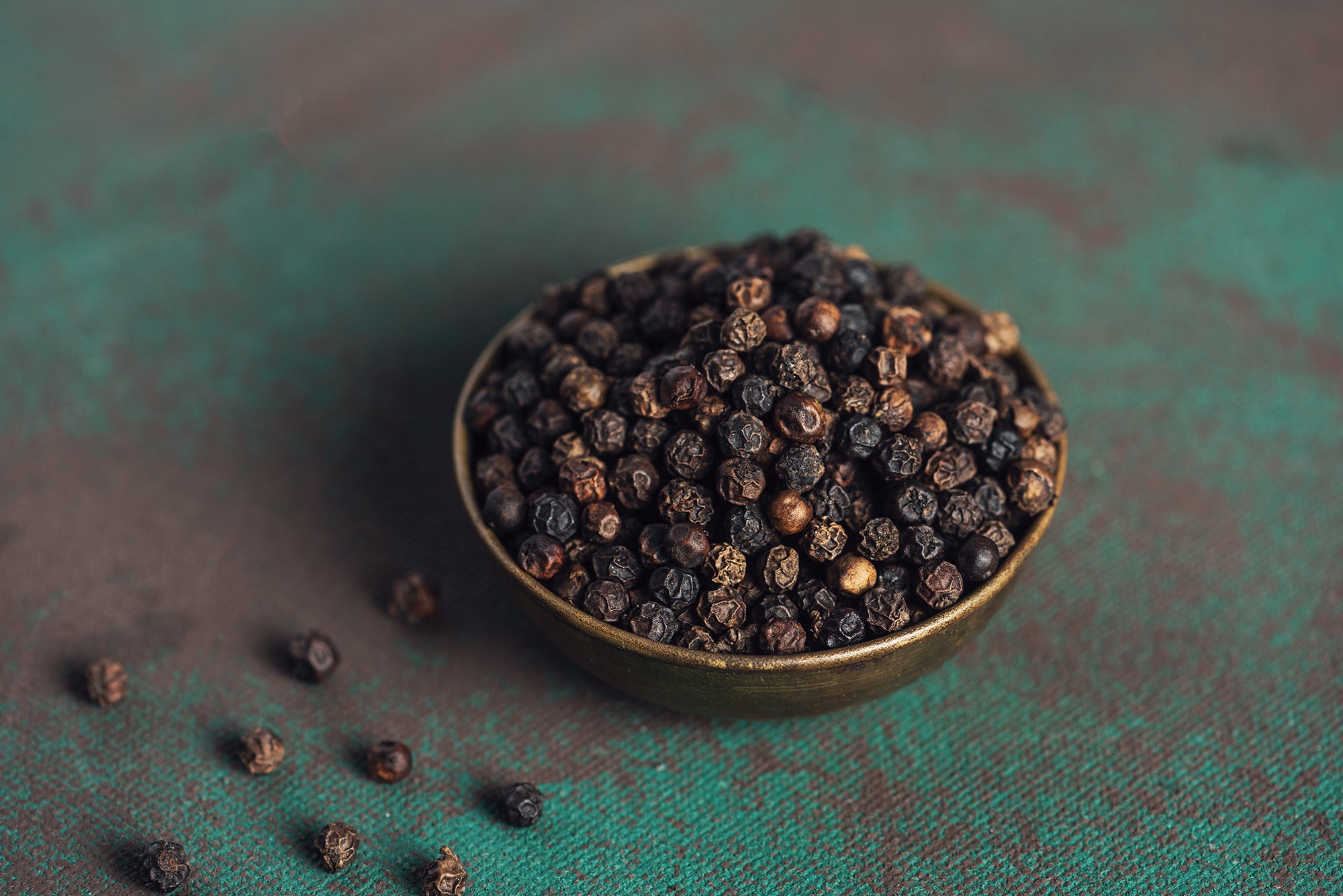With an enigmatic aroma and a distinct flavor, Cardamom is definitely one of the most valued spices in the world. It has been used to bring out the best in both sweet and savory cuisines.
Cardamom is in fact the third most expensive spice in the world, preceded by Vanilla and Saffron. The tropical forests of the Western Ghats in India known as the birthplace of this aromatic spice is known as the ‘Cardamom Hills’
Commonly known as Elaichi in India, it is believed that this spice has the power to calm the busy mind and help us think more clearly.
Growing Cardamom
Native to India, cardamom continues to be cultivated here along with Sri Lanka and Gautemela. It’s a large leafy perennial plant with tiny beautiful flowers that are usually white with red lines.
Cardamom is a difficult plant to grow. It requires a hot and humid climate and a rich sandy, loamy soil. They grow to about 5 – 20 feet in height.
After three years of planting, cardamom tree starts bearing pod shaped fruits called capsules. These green three-sided pods are about one cm big and contain 15 – 20 dark angular seeds.
Once they are big enough with, the pods are manually harvested from the plants, while it is still green and then dried for about 6-7 days.
When stored in an airtight container, cardamom will retain its flavor and freshness for a longer time
Green Cardamom Vs Black Cardamom
There are two types of cardamoms, Green and Black, also known as Chotti and Badi Elaichi.
Cultivated in India, they belong to two different plant species and have different processing methods. Green cardamom pods are harvested before the plant reaches full maturity whereas black cardamoms are harvested later and are dried by exposing to intense heat over fire pits.
Green cardamoms have a delicate aroma with an intense flavor. The seeds are best left in the pods to retain its signature flavor. Though these can be used as is, sometimes the seeds are removed from the pods and powdered right before use.
Black cardamoms are much larger in size; they have strong smoky camphor like flavor due to their method of preparation. In these only the seeds are used
Green cardamoms are more expensive and pairs well with almost any spice. The seeds can be overpowering in flavor at times and will have to be used sparingly. They are used for both sweet and savory dishes.
Black cardamoms are at least three times bigger than the green ones. Thanks to its unique taste they have limited flavor pairing. They are mostly used in savory dishes.
Both types are bought as pods and retain freshness and flavor when stored in airtight jars.
The Queen Of Goodness
In India, cardamoms are used to enhance both deserts and savory dishes. It’s also a popular baking spice in some European countries.
The spice is rich in iron, magnesium, potassium and Vitamin C even. It is a great diuretic and works effectively helping the kidneys clear out uric acid and other toxins from the body.
Chewing cardamom counteracts the harmful bacteria in the mouth, preventing staleness and in turn bad breath. Cardamom also has antimicrobial properties and powerful antiseptic that kills harmful infection causing bacteria.
Cardamom is also a powerful antioxidant and helps give relief from congestion and of fungus, bacteria and virus in your body.
Ayurveda And Cardamom
Cardamom is used in Ayurveda for its warming effects on the body. It’s a tridoshic spice that helps balance Vata, Pita and Kapha doshas.
It’s a powerful digestive aid; it helps reduce bloating, acidity, heartburn and constipation. It also helps improve metabolism and settle the stomach during any discomfort caused due to stress.
Cardamom is also commonly used in Ayurveda to fight depression. It has a special way of calming ones nerves.
If you don’t find the flavor too overwhelming you can chew on the pods, if not powder the seeds and add them to your tea or coffee or warm water with honey.
We have used Cardamom in:
Quick Facts
| Name: | Cardamom |
| Scientific Name: | Elettaria cardamomum |
| Cultivated in: | Western Ghats, Kerala, Karnataka, Tamil Nadu |
| Other names: | Elaichi |
| Habitat | Hot, with heavy rainfall |
| Soil | Rich well drained loamy soil |
| Plant Size | Upto 20 ft |
| Aroma | Nutty, a little woody and sweet |
| Plant parts used | Pods |
| Major Nutrients | Iron Magnesium Potassium Vitamin C |
Known As In :
| Hindi | Elaichi |
| Marathi | Eachi/Masala Welchi/Velchi |
| Gujrati | Aleicha/Alaichi |
| Telugu | Yalakulu/Yaalakkaya |
| Malayalam | Elakkaya/Elakka |
| Bengali | Elach/Garate |
| Tamil | Elakkai |
| Kannada | Yalakki/Yelachi |
Ayurvedic Facts :
| Sanskrit Name: | Ela |
| Taste: | Sweet, Pungent |
| Energitics: | Warming |
| Effect on Doshas: | Balances Pita, Kapha and Vata |
| Used for Treating: | Bad Breath, Mouth bacteria, High Uric Acid levels, Congestion |





.png?v=1668878203)



